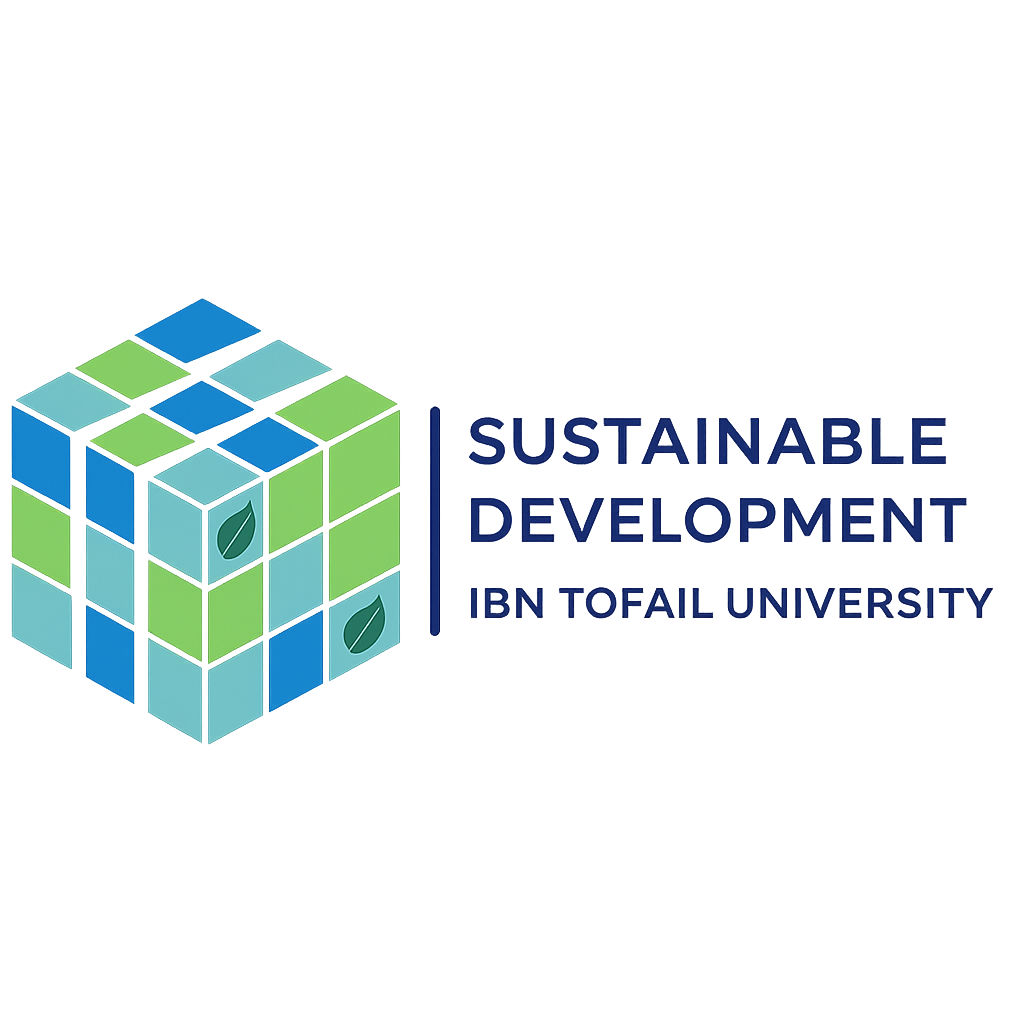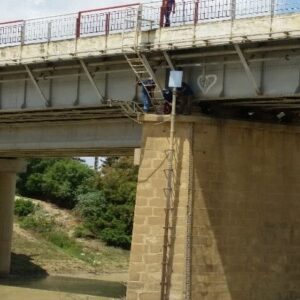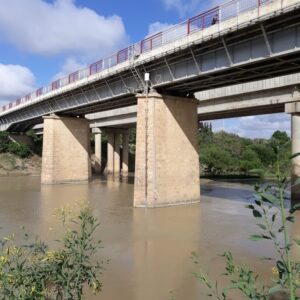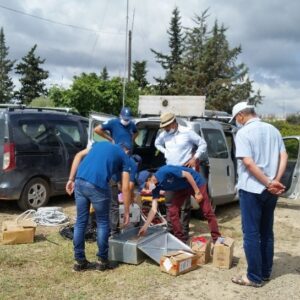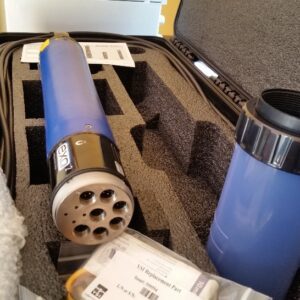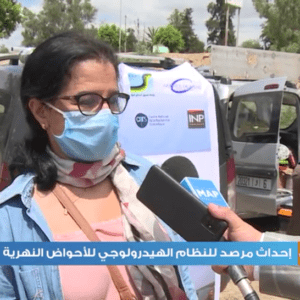The problem
In the context of climate change associated with urban development, overpopulation, and anthropization of natural environments, it is vital to anticipate the scale of these extreme events and the often unprecedented risks. Sharing reliable information adapted to the issues at stake is a major factor in development.
The Sebou basin holds an important place in this national strategy, given its great potential for water resources and the major challenges it faces in terms of managing and controlling water resources at the basin level. The issues and concerns in this hydrosystem lie at the socio-economic and ecological systems interface. These issues revolve around three main questions:
. What is the respective contribution of climate change and socio-economic activities to modifications in biodiversity and the functioning of hydrosystems and ecosystems?
. What are the interactions between practices (agricultural practices, resource abstraction: water, biodiversity, effluent discharges…etc.) and ecosystem services (water supply and regulation of water and sediment fluxes).
. What are the relationships between resource availability, access, and the structuring of human populations?
The mission of the O’SEBOU Observatory is to monitor the quality of the Sebou water, sediments, and aquatic environments. It consists of the installation of high-resolution, in-situ measuring devices, giving it the capacity to serve as an early-warning system for pollution or degradation of environmental quality. The O’SEBOU Observatory will act as a monitoring station for the quality of water, sediments and aquatic environments in the Sebou watershed upstream of the guard dam and the city of Kénitra.
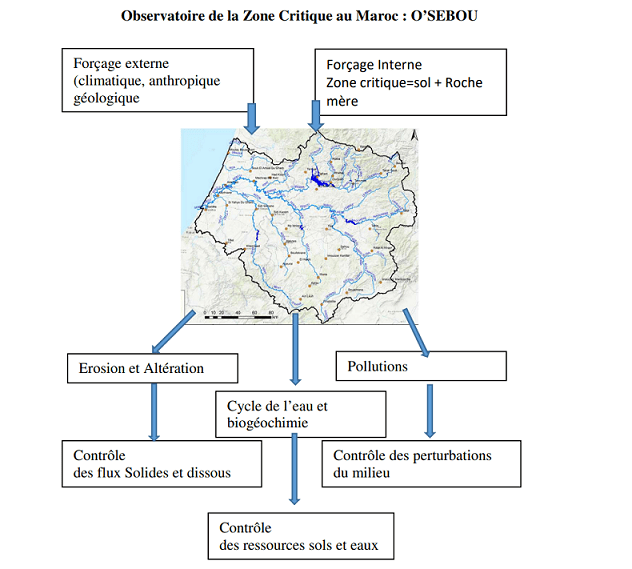
Description of the O’SEBOU observatory project
The approach adopted in this study is based on the continuous detection and measurement of biohydrochemical indicators in the receiving environment. A prototype on-line water quality monitoring station will be set up on the Sebou at Mechra Bel Ksiri, downstream of the main towns in the basin, to assess the actual chemical status of the water body in question. This alternative strategy will resolve the problems associated with the conventional approach of spot sampling. The drawback of sampling measurements, apart from cost and possible transport and storage problems, is that they only provide a snapshot of water quality at the time of sampling.
The requested equipment will be installed in three stages
Stage 1: Multiparameter probes and physical and chemical sensors (equipment acquired)
An initial inventory will be made of existing equipment at ABHS measuring stations. As part of this observatory project, the existing equipment will then be supplemented by the acquisition of YSI-type multiparameter probes. These probes can be fitted with various sensors for continuous measurement of temperature, pH level, turbidity, electrical conductivity, dissolved oxygen, nitrate content, chloride content, dissolved organic carbon content, etc. The parameters measured by these sensors need to be calibrated by laboratory measurements. To obtain continuous variations in the various parameters, it is essential to calibrate these sensors regularly (once a week, for example).
Continuous measurement of turbidity (optical measurement in NTU) will be correlated with the suspended solids load (SS in mg.L-1) measured in the laboratory from a raw water sample (filtration and filter weighing) to establish one or more relationships (depending on periods: high/low water or flood rise/fall…) of the type SS = f(Tu), so as to reconstitute continuous variations in the SS load.
Similarly, continuously measured electrical conductivity can be correlated with laboratory measurements of the main ions in solution, notably calcium, magnesium and alkalinity in bicarbonate-calcic waters such as those of the Sebou, enabling us to reconstruct continuous variations in the concentrations of these ions in solution in the Sebou River.
Other sensors currently being developed in the research laboratories associated with this project could be tested and installed at the observatory prototype station. These include sensors for measuring dissolved silica, cadmium or mercury content, and the content of certain pesticide molecules.
Since June 17, 2020, this joint observation station with ABHS has been equipped with a YSI-EXO3 multiparameter probe with various smart, high-precision optical sensors measuring in real time and continuously (every 1H, 30mn…) over ten physicochemical parameters: water height, temperature, turbidity, conductivity, pH and redox potential, nitrate and chloride content. The monitoring and warning system is operated via a web platform: Q-Tel SurfaceWater (Visualization) and a Smartphone application (Smart Q-Tel – Mobile Application), enabling real-time observation of pollutant variations in the Sebou River. Measurements are automatically transmitted via the 4G network to a central telemetry platform located at ABHS headquarters in Fez and Ibn Tofail University.
Stage 2: Chemical House
The most interesting aspect of the O’SEBOU Observatory project is the “Chemical House”, a 2mx3m algeco-type modular unit positioned directly on the riverbank and powered by electricity. Inside, a pump continuously draws water from the river. This raw water then passes through a pre-filtration, filtration and centrifugation system to continuously remove suspended particles. The filtrate is then sent on-line to an ion chromatograph, which continuously measures the anions and cations in solution. The water is then discharged in-line into the river. Initial results show a remarkable stability of measurements, in contrast to occasional laboratory measurements using the same equipment. These continuous measurements enable high-resolution monitoring of chemical composition fluctuations, such as day/night alternations in relation to temperature variations and biological activity in the river. The Chemical House is mobile and can be installed on another river at any time. The O’SEBOU Observatory could acquire this equipment and position it alternately on the upstream or downstream station, but it could also make the Chemical House available on another river in the region, depending on the problems/issues and needs in terms of high-resolution monitoring.
Step 3: Isotope monitoring
We propose to install a mini field mass spectrometer (PICARRO type) at the station planned as part of this observatory or in the “Chemical House” to measure stable isotopes in situ and at high resolution in order to accurately monitor isotopic fluctuations (δ2H and δ18O), which are good indicators of the water cycle in the watershed during flood periods.
Other isotopic monitoring can be carried out on carbon (δ13C) and nitrogen (δ15N), on the one hand to determine the origin of organic matter (anthropogenic-domestic vs. natural-soil discharges) and nitrogen compounds such as nitrates or ammonium (agricultural fertilizers vs. domestic discharges), and on the other hand, to gain a better understanding of the evolution/transformation/degradation processes of these organic compounds in the river’s water and sediments. Measuring the δ13C of dissolved inorganic carbon (DIC) also enables determination of the proportion of dissolved carbonates in the rocks of the upstream watershed and the proportion of atmospheric CO2 (in the form of carbonic acid) used by the chemical erosion of rocks (carbonates and silicates). The δ13C of CID is also a good indicator of any anthropogenic disturbances to the carbon cycle, such as acidic atmospheric deposition (which contributes sulfuric acid that replaces carbonic acid during rock weathering) or excess nitrogen fertilizers (which generate nitric acid that replaces carbonic acid during chemical weathering).
Partners
– Agence de l’Eau Artois Pycardie
– Institut Polytechnique Toulouse France /CNRST
– Centre National, de l’Energie, des Sciences et des Techniques nucléaires CNESTEN
– IAEA Collaborating Centre for Water Resources Assessment and Management CNESTEN
– Agence du Bassin Hydraulique du Sebou (ABHS)
– Other complementary projects
Overall project budget
1- Amount
– Project funding requested: 300,000 euros
– Additional contribution provided by the various project partners over three years: 250,000 euros
– Contribution from the Water Agency Artois Picardie Support for the Observatory through the purchase of additional equipment and for the youth program: 50,000 euros
2- Additional financial contributions from partners
– Institut National Polytechnique Toulouse France INPT (bilateral framework agreement + BQR mobility + PHC Toubkal)
– Ibn Tofail University Morocco, Institut Agronomique et Vétérinaire Hassan II (IAV) and Centre National de l’Energie des Sciences, Techniques Nucléaires (CNESTEN), IAEA IAEA Collaborating Centre For Water Resources Assessment and Management, local government…
– Agence du Bassin Hydraulique du Sebou for station maintenance, equipment, calibration, data storage…
This project, launched in 2018 as part of a TOUBKAL PHC, which provides funding for a PhD thesis co-supervised by UIT Kénitra and Toulouse INP, has also been part of a framework cooperation agreement between UIT Kénitra and Toulouse INP since 2010, renewed in 2015. Since 2019, this project has been financially supported by EIPA as part of a research and training agreement between EIPA and Toulouse INP, for which the Functional Ecology and Environment Laboratory is prime contractor and ENSAT is contract manager.
Scientific, environmental and economic impact
The O’SEBOU Observatory has the dual mission of research and training. From a research standpoint, this state-of-the-art measurement device will enable the monitoring of pollution in the Sebou River and the degradation of environmental quality in the Sebou watershed, against a backdrop of climate change and strong anthropogenic pressures on the watershed. In terms of education and training, this observatory will play a fundamental role for young people, schoolchildren and students. It will be used to organize green training and practical work over the course of an academic year. Each year, about 50 young people (10 to 24 years old) from the Artois Picardie basin and the Sebou basin regions will be able to take part in plenary sessions, exchanges, working groups and meetings with water experts as part of the Franco-Moroccan thematic schools on hydro-ecology. These selected young people will be made aware of water issues through projects carried out within the framework of Education for Sustainable Development.
The O’SEBOU Observatory will soon be part of the Mediterranean Network of Environmental Observatories, which is currently being structured around the Observatoire Franco-Libanais de l’Environnement (O’LiFE), currently co-directed by Jean-Luc Probst, researcher at the Laboratoire Ecologie Fonctionnelle et Environnement, and funded by the Observatoire Midi-Pyrénées (OMP).
This project aligns closely with the United Nations Sustainable Development Goal 14, which seeks to conserve and sustainably use the oceans, seas, and marine resources. By providing continuous, high-resolution monitoring of water quality and aquatic health in the Sebou watershed, the O’SEBOU Observatory supports the protection of freshwater ecosystems critical to biodiversity and human well-being. Additionally, the observatory’s role in education, international cooperation, and data-driven decision-making exemplifies how research infrastructure can contribute to reversing aquatic ecosystem degradation and achieving sustainable water management.
Results | Social impact | Economic impact | Environmental impact |
1 | Raising awareness of integrated resource management | Estimation of the loss resulting from poor or lack of concerted action | Development of indicators and indices of the balance between development and use of natural resources |
2 | Raising the administrators’ awareness of the adverse impact of climate change on water resources | Providing prospective scenarios that will be indispensable tools for operators and developers | Contribution to the rehabilitation and sustainability of these water resources |
3 | Raising environmental awareness and education through the observatory and preparing young people for water governance | Raising the managers’ awareness of the impact of water contamination by agrochemicals | Compiling a dynamic database |
Conclusion
The creation of an operational regional water quality observatory in the Sebou watershed is therefore a pioneering project. It would pave the way for future monitoring systems. However, it is the type of data use that is most important in defining the operational aspect of an observatory. Simply monitoring and storing data, creating networks with data or metadata catalogs, or providing an online database is not enough. We need to develop an important analysis component through indicators, coupled with a communication dimension designed by professionals in the field.
